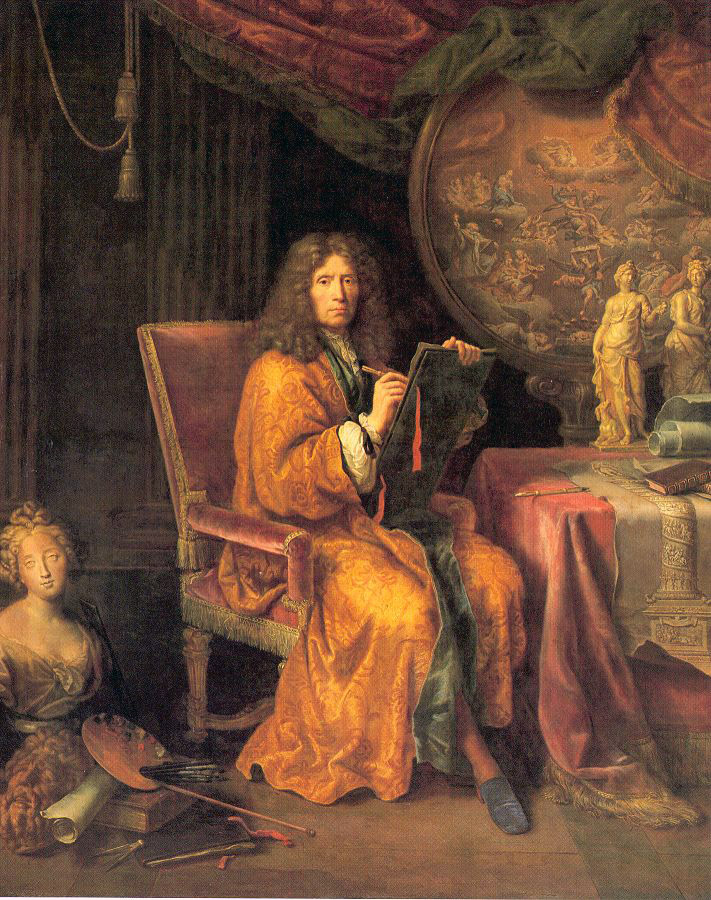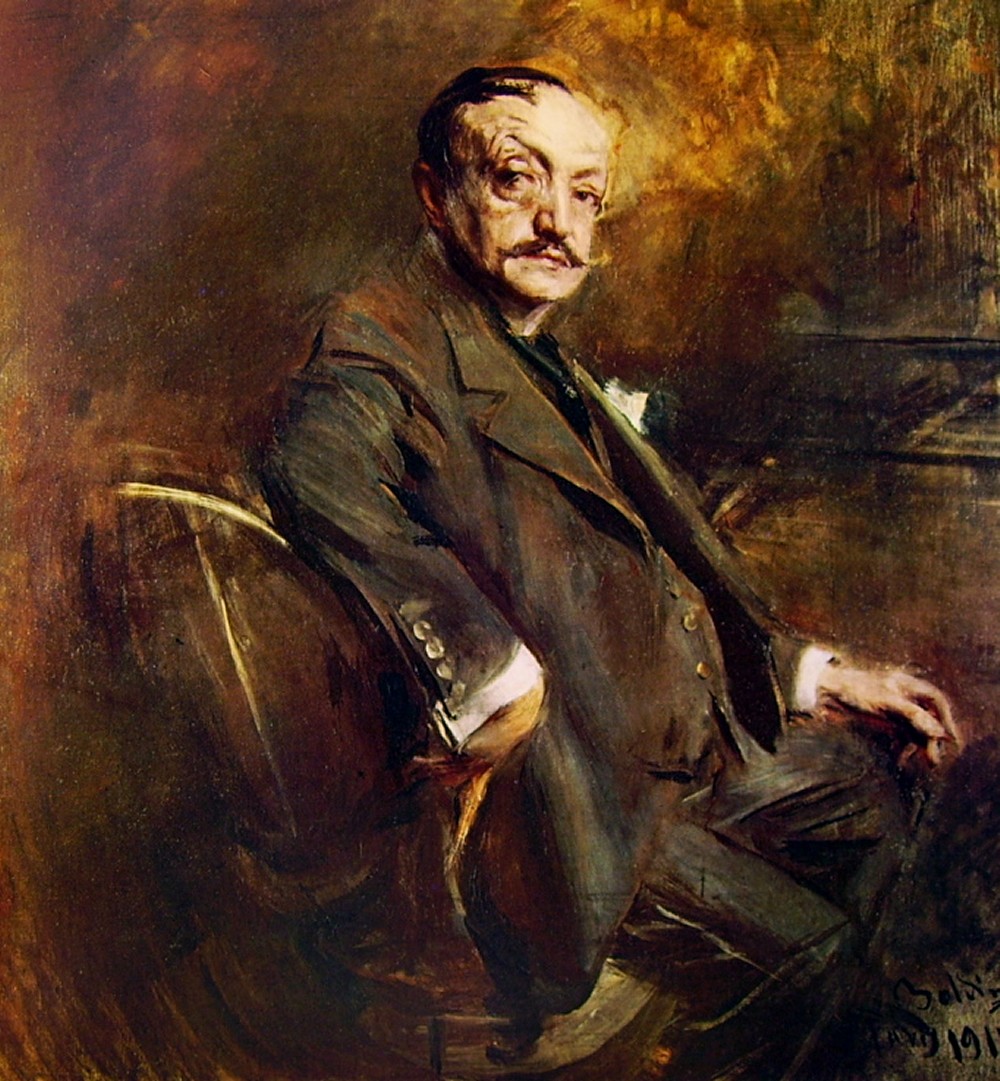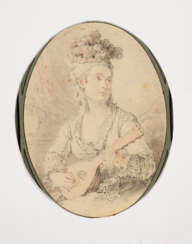
Portrait — Commandant Paul-Louis Weiller, Capitaine d'industrie, protecteur des arts

Pierre Mignard, called "Mignard le Romain" to distinguish him from his brother Nicolas Mignard, was a French painter known for his religious and mythological scenes and portraits. He was a near-contemporary of the Premier Peintre du Roi Charles Le Brun with whom he engaged in a bitter, life-long rivalry.

Giovanni Boldini was an Italian genre and portrait painter who lived and worked in Paris for most of his career. According to a 1933 article in Time magazine, he was known as the "Master of Swish" because of his flowing style of painting.

Jean-Baptiste Marie Huet was a French painter, engraver and designer associated with pastoral and genre scenes of animals in the Rococo manner, influenced by François Boucher.

Louis Carrogis, better known as Carmontelle was a French artist, garden designer, architect, playwright and inventor.
Carmontelle was of simple origins but versatilely gifted. He wrote several plays and three novels, and created portraits of historical figures. He became famous for his painting of little Mozart at the clavier. In the service of Louis-Philippe I, Duke of Orléans, he was responsible for the theatrical performances for the family as stage designer and stage director.
Carmontelle is the planner and designer of one of the earliest examples of a French landscape garden in Paris, now known as Parc Monceau. In designing the garden, Carmontel rejected many of the fashionable trends in landscape design at the time, drawing inspiration from Japanese pleasure gardens and insisting on incorporating illusion and fantasy.
Carmontelle is also credited as the inventor of animated images. Translucent tape with landscapes depicted on it was slowly rolled from one roll to another against a backdrop of daylight, thus creating the illusion of walking through a garden.

























